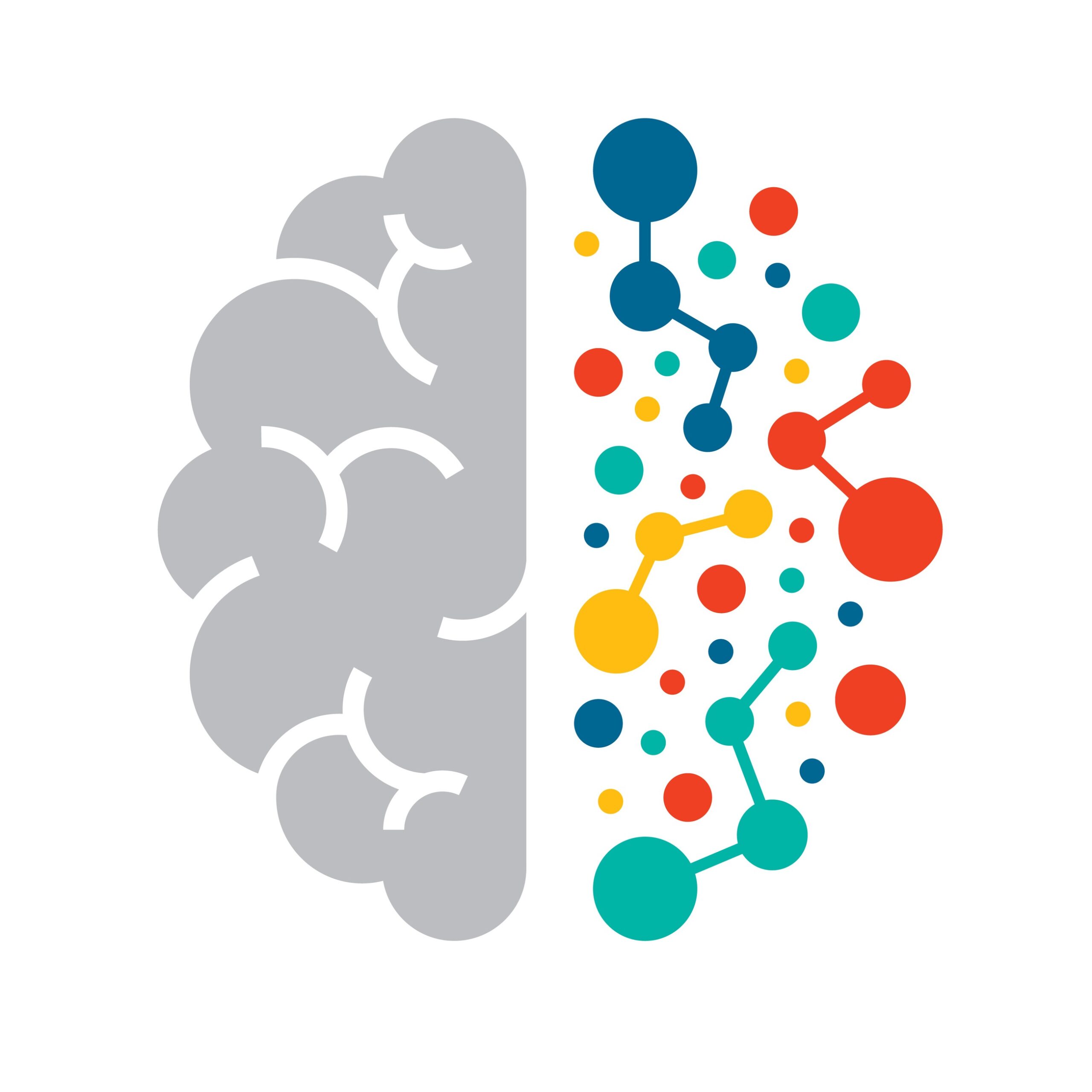Anxiety is a silent thief, stealing the tranquility from moments that should be peaceful and replacing it with an overwhelming sense of dread. It’s a knot in the stomach, a racing heart, and a mind consumed by worry. Yet, anxiety is not a one-size-fits-all experience; it manifests in myriad ways, each as unique as the individual who bears its weight.
At its core, anxiety is the body’s natural response to stress, a survival mechanism designed to alert us to potential threats and mobilise us for action. However, when anxiety becomes chronic or disproportionate to the situation at hand, it can wreak havoc on our mental and physical well-being.
One of the most common forms of anxiety is generalised anxiety disorder (GAD), characterized by excessive worry and tension about everyday events and situations. People with GAD may find it difficult to control their worries, leading to persistent feelings of restlessness, irritability, and fatigue. They may also experience physical symptoms such as muscle tension, headaches, and stomach problems.
Social anxiety disorder, on the other hand, is characterised by an intense fear of social situations and scrutiny by others. People with social anxiety may avoid social gatherings, public speaking, or even everyday interactions out of fear of embarrassment or humiliation. They may experience physical symptoms such as sweating, trembling, and rapid heartbeat in social situations.
Panic disorder is another form of anxiety characterised by recurrent panic attacks, sudden episodes of intense fear or discomfort that reach a peak within minutes. Panic attacks can be terrifying and may include symptoms such as chest pain, shortness of breath, dizziness, and feelings of impending doom. People with panic disorder may live in constant fear of experiencing another attack, leading to avoidance behaviors and further impairment in daily functioning.
Obsessive-compulsive disorder (OCD) is yet another manifestation of anxiety, characterised by intrusive thoughts or obsessions and repetitive behaviors or compulsions performed in response to those thoughts. People with OCD may feel compelled to engage in rituals such as handwashing, checking, or counting to alleviate their anxiety, even though they know these behaviours are irrational.
Post-traumatic stress disorder (PTSD) is a unique form of anxiety that can develop after experiencing or witnessing a traumatic event. People with PTSD may experience flashbacks, nightmares, and severe anxiety in response to reminders of the trauma. They may also avoid situations or stimuli associated with the trauma and may have difficulty regulating their emotions.
These are just a few examples of how anxiety can manifest, but the truth is that anxiety is a deeply personal experience that can affect anyone, regardless of age, gender, or background. It can range from mild to severe and may coexist with other mental health conditions such as depression or substance abuse.
Fortunately, anxiety is highly treatable, and there are many effective interventions available, including therapy, medication, and self-help strategies. Therapy, such as cognitive-behavioral therapy (CBT), can help people identify and challenge negative thought patterns and develop coping skills to manage their anxiety. Medications such as antidepressants or anti-anxiety medications may also be helpful in reducing symptoms.
Self-help strategies such as mindfulness, relaxation techniques, and exercise can also play a significant role in managing anxiety. By learning to recognise the signs of anxiety, practicing self-care, and seeking support when needed, it is possible to reclaim a sense of calm and control in the face of anxiety’s relentless grip.
If you or someone you know is struggling with anxiety, know that help is available, and you are not alone. Reach out to a mental health professional, trusted friend, or support group for assistance, and remember that healing is possible, one step at a time.
